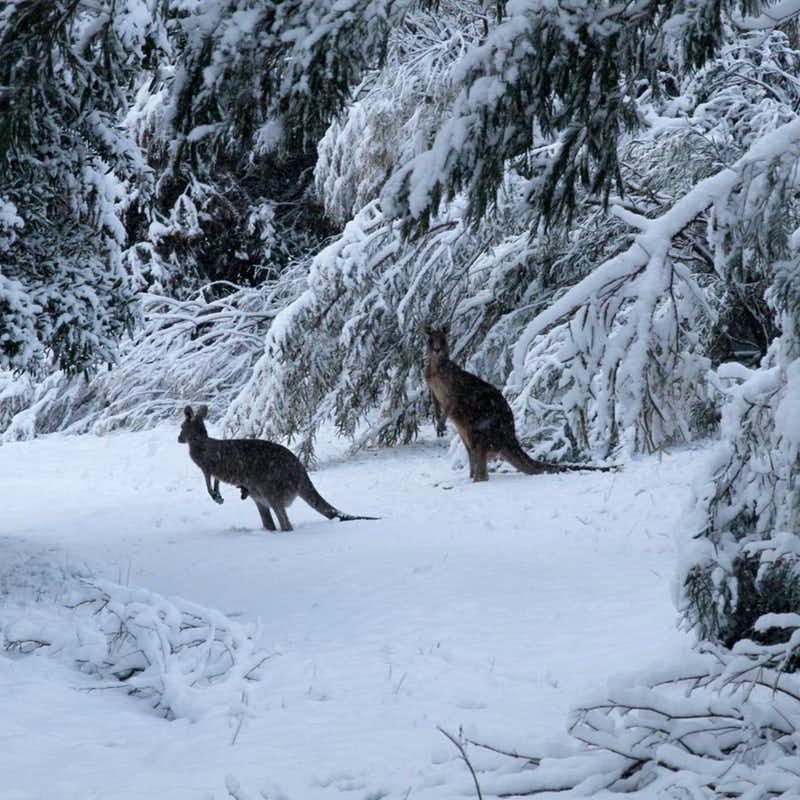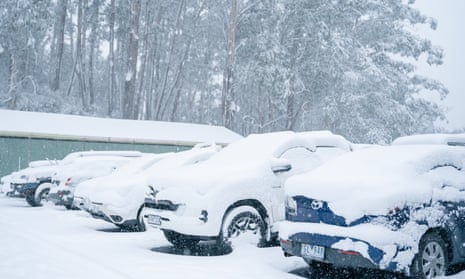Explore About the Best-Known and Snow-Covered Destinations In Australia
Explore About the Best-Known and Snow-Covered Destinations In Australia
Blog Article
Comprehending the Importance of Snow in Australia for Farming and Tourism
While Australia is commonly linked with sun-kissed coastlines and arid wilderness, it additionally boasts a wide range of snowy alpine areas. The snow that blankets these areas is much even more than a picturesque landscape function. It functions as a lifeline for the nation's farming and a driving pressure for a profitable tourist industry. As we investigate this shocking intersection, the potential effect of shifting climate patterns on Australia's snowfall and its subsequent impacts end up being a compelling focus.

The Unexpected Snowfall: Australia's Alpine Regions
When wintertime cloaks the world, Australia's Towering regions put on a white mantle of snow, a phenomenon that appears practically paradoxical in this dominantly sun-baked land. The yearly snowfall, although not as bountiful as in some nations, is a crucial element of Australia's climate variety and plays a substantial function in the country's agricultural methods and tourism sector.
Winter season's Bounty: Snow's Payment to Australia's Water Resources
Despite its rarity in the broader landscape of Australia, snow in the Alpine regions plays a critical role in the country's water sources. Serving as a natural storage tank, the snowpack stores water throughout the cool months, progressively releasing it right into rivers and dams as it thaws in warmer periods. This process makes certain a consistent supply of water, helping in the stabilization of the country's water cycle. This is particularly critical for Australia, a continent regularly pestered by droughts. The snowmelt feeds into the Murray-Darling Container, a lifeline for many neighborhoods in the southeastern parts of the country. Without the bounty of wintertime snow, Australia's water sources would certainly be dramatically strained, affecting both the population and the setting.
White Covering, Environment-friendly Fields: The Influence of Snow on Australian Farming
Although much less noticeable, the impact of snow on Australian agriculture is substantial. Snowfall in the high nation acts as an all-natural form of watering, progressively melting and providing a constant supply of water to lower-lying farmland. This water-rich setting promotes the growth of durable crops, adding to the country's agricultural productivity. Furthermore, snowfall boosts soil health and wellness by introducing wetness and capturing nutrients, which are slowly released as the snow melts. This procedure improves the soil, promoting the growth of much healthier, a lot more resistant plants. Furthermore, snow cover functions as a visit site protective covering, shielding the ground against severe winter season temperatures that could otherwise damage crops. Thus, the duty of snow in Australian agriculture is both complex and crucial.

Money: Snow Tourism and Its Economic Relevance in Australia
While the worth of snow to Australian agriculture is commonly underestimated, its contribution to the country's tourist sector is undoubtedly significant. The snow-laden tops of Australia's towering regions draw in a flurry of tourists every winter season, adding millions to the nationwide economic situation. These site visitors partake in a selection of snow-based tasks, from snowboarding and snowboarding to snowshoeing and sledging. The thriving snow tourist industry has actually brought about the creation of many work, from ski trainers to resort personnel, bolstering regional economies while doing so. The income generated from snow tourist aids fund different infrastructure tasks and crucial services in these regions. Hence, the financial significance of snow tourism in Australia extends far past the inclines.
Future Forecast: Climate Adjustment and Its Potential Impacts on Australia's Snowfall
As the world faces the reality of find more information climate modification, so too must Australia ponder its potential results on the country's snowfall. Existing clinical models predict a decrease in Australian snowfall, with potentially severe effect on both agriculture and tourist. In some areas, the snow period might be reduced by approximately 80 days by 2050. Such modifications endanger the practicality of Australia's ski industry, which contributes substantially to the local economic climate. Similarly, much less snowfall might additionally impact the nation's agricultural market, as snowmelt plays a critical role in watering crops. The possible effects of these adjustments underline the seriousness of environment modification reduction efforts, both in Australia and globally.
Verdict
In verdict, snow is a crucial aspect of Australia's agricultural and tourist industries. The impending danger of climate modification raises concerns concerning the future of Australia's snowfall patterns, possibly interrupting these significant financial industries.

When winter cloaks the world, Australia's Towering regions don a white mantle of snow, look these up a spectacle that seems almost paradoxical in this dominantly sun-baked land.Regardless of its rarity in the more comprehensive landscape of Australia, snow in the Towering areas plays a vital function in the country's water resources. Without the bounty of winter season snow, Australia's water resources would be dramatically strained, affecting both the populace and the environment.
Therefore, the economic significance of snow tourism in Australia extends much beyond the slopes.
In final thought, snow is a crucial component of Australia's farming and tourism markets. Does Australia Get Snow.
Report this page